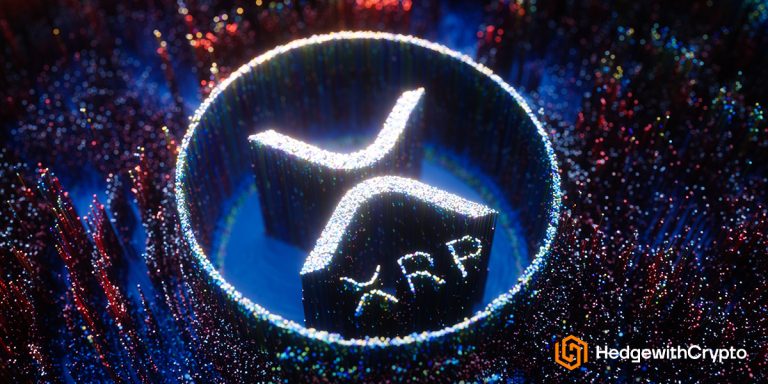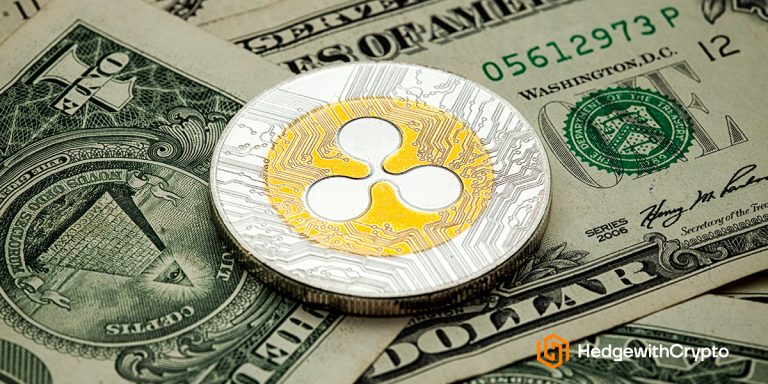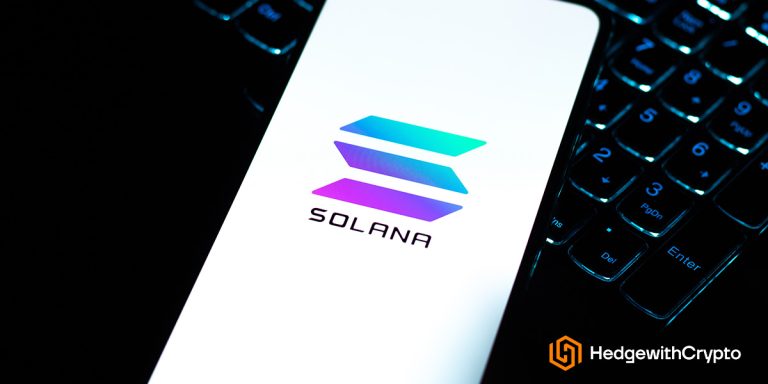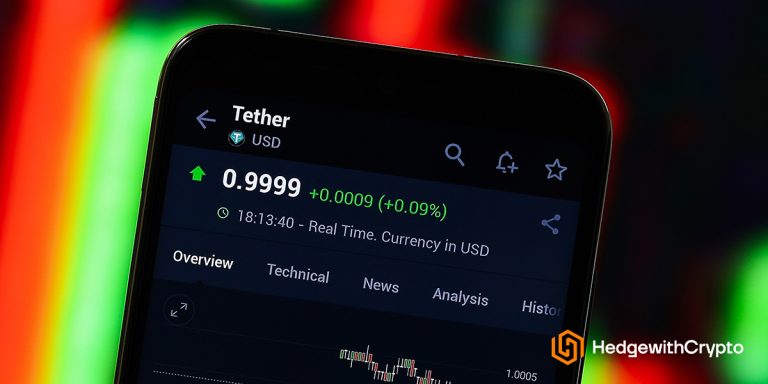This Is How Long It Takes To Transfer XRP
This guide explains how long XRP takes to transfer between wallets, whether it is possible to increase the transfer speed, and what can affect the speed of XRP transactions.
- On average, XRP transactions can be completed in 5 to 7 seconds. If the blockchain network is heavily congested with traffic, transaction speeds may take between 30 minutes and 2 hours.
- According to its whitepaper, the Ripple network is capable of processing 1,500 Transactions Per Second (TPS).
- Transactions made on the Ripple network are significantly faster than those made on the Ethereum network.
TABLE OF CONTENTS
How Long Does It Take To Send XRP?
According to David Schwartz, the CTO of the Ripple Network, the time taken from when the XRP ledger broadcasts the transaction to confirm takes 5 to 7 seconds. The official whitepaper states that XRP can conduct 1500 transactions per second. The 3-5 second limit is set for the average ledger settlement. The actual time taken for the XRP to be transferred from an exchange to the wallet largely depends on blockchain usage and specific cryptocurrency exchange.
XRP Transfers Are Not Instant
XRP Ledger is one of the fastest blockchains for processing transactions. Its unique underlying architect allows the crypto to cut through much of the network congestion and keep the transfer quick and affordable. That said, the transfer is not instant. While it does cut through much of the network congestion, it does have some impact on its speeds. However, despite those issues, the transfer speeds of XRP for payment settlement between institutions are extraordinarily fast.
Why Can XRP Transactions Take Longer?
The reason for this speed lies in XRPL using a consensus protocol. Designed servers are known as the validators agree in a particular order, leading to XRP transactions’ outcome every 3-5 seconds. If the XRP transfer takes longer than this, it might be because of the following three reasons:
- The network hasn’t received the transaction: If the transaction hasn’t been sent to the network, it goes into standby mode and waits for the transaction to arrive. For instance, if a cryptocurrency exchange takes time to transfer the transaction to the ledger, it won’t be able to recognize it soon.
- The transaction pays a minimum fee: While the CRP ledger is designed to facilitate high transaction speeds at lower speeds, raising the transaction fee is important to deal with congestion. If the exchange has applied minimum fees to the transaction, it will result in lower speeds.
- The transaction hasn’t been detected by the network yet: Sometimes, the XRP ledger takes time to detect transactions made on the cryptocurrency exchange. This happens because the exchanges check the transactions periodically before verifying and pushing them through.
However, that speed is limited to transactions done on the XRP ledger blockchain. The speed of withdrawing XRP from Crypto.com is another story. The official website states that automated XRP withdrawals take at most 2 hours to process.
Other Factors That Affect XRP Transaction Times
Two factors impact the speed of sending XRP across the blockchain:
- Network Congestion. Network congestion is common nowadays since the blockchain has become so prevalent. During Network Congestion, many transactions must occur, which often slows down the transaction speeds. Reportedly, the transaction speeds for XRP can go up from 30 minutes to 2 hours.
- Wallet address. The second factor that can immensely impact XRP transfers is the wallet address. Sending XRP between wallets is based on the trust of two parties and doesn’t involve confirmation. However, some centralized exchanges require confirmations, which can slow down the transfer speed. That said, it doesn’t impact XRP much, for no confirmations are needed on most platforms where it is listed.
Frequently Asked Questions
Why Is XRP So Fast?
The primary reason that XRP is fast is that it uses a Unique Node list that gives quick access to a trusted group of validators to process the transaction – mostly regulated financial institutions. These validators have access to a centralized ledger and don’t require any Proof of Stake or Proof of Work protocols that can face lengthy delays for various reasons.
Can XRP Transaction Speeds Be Increased?
XRP is already one of the fastest blockchains around. However, if the congestion slows down the speed of transfer, users can increase the transaction speed by upping the transaction fees marginally.
How Much Faster Is XRP Than Bitcoin?
XRP is exponentially faster than Bitcoin. XRP has a transaction speed of 1500 TPS compared to a transaction speed of 4 to 5 TPS on the Bitcoin network. This equates to a speed of approximately 3 to 5 seconds (XRP) and 30 to 60 minutes (BTC). For more information on why it takes Bitcoin so long to transfer, read this article.
Is XRP Faster Than Ethereum?
Yes, XRP is much faster than Ethereum. One of the primary reasons that XRP was conceived was to address the biggest weakness of the Ethereum blockchain and make the transaction speeds faster and the transaction fees lower. As a result, the XRP ledger is not much susceptible to network congestions. And while the transfer speeds can drop in some instances, users can put them back on track again by increasing the transaction fee or in some other way. For more information, read this article on how long it takes to transfer Ethereum.



